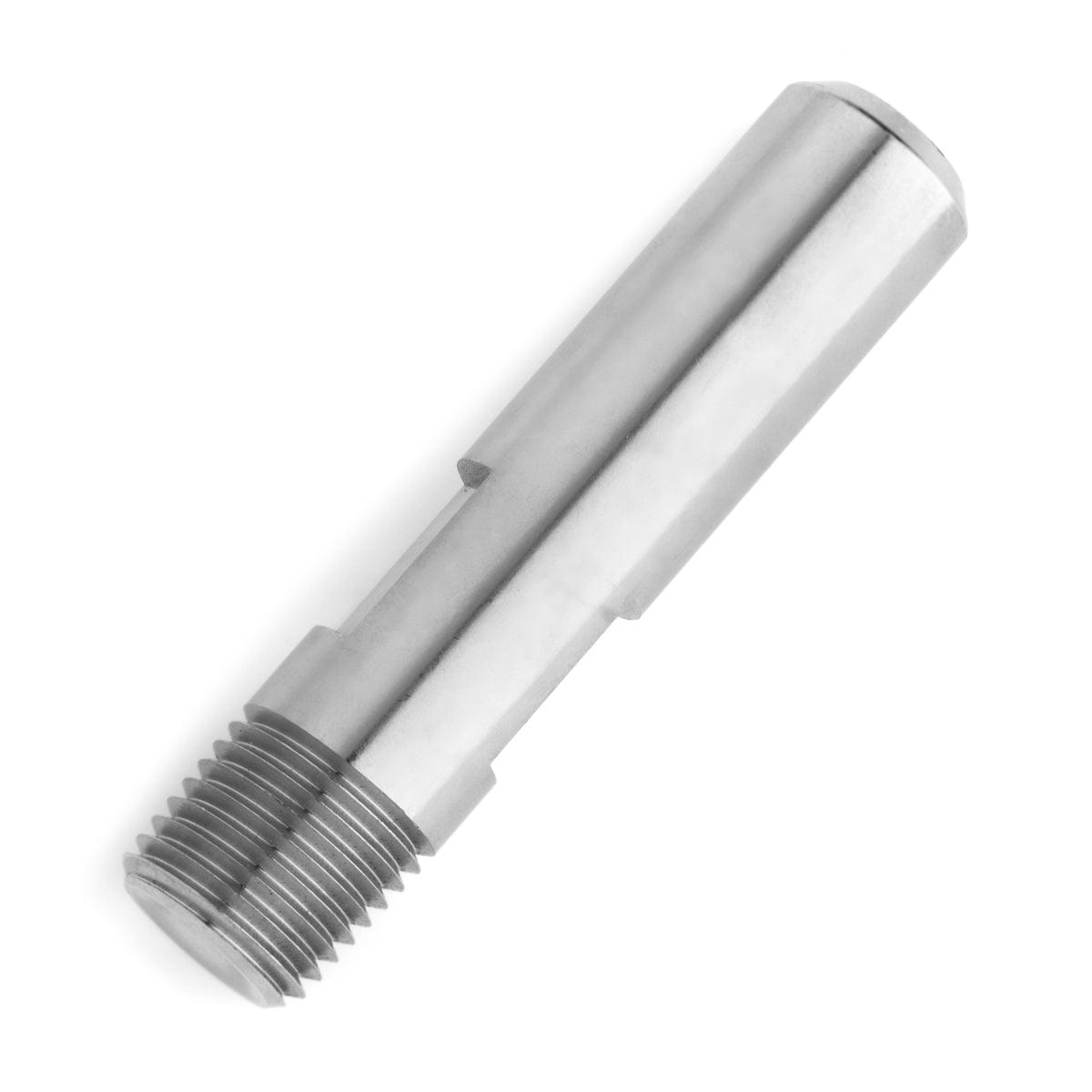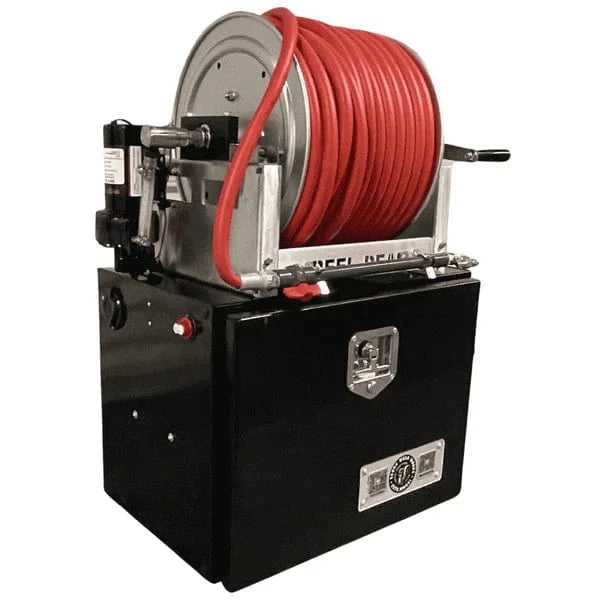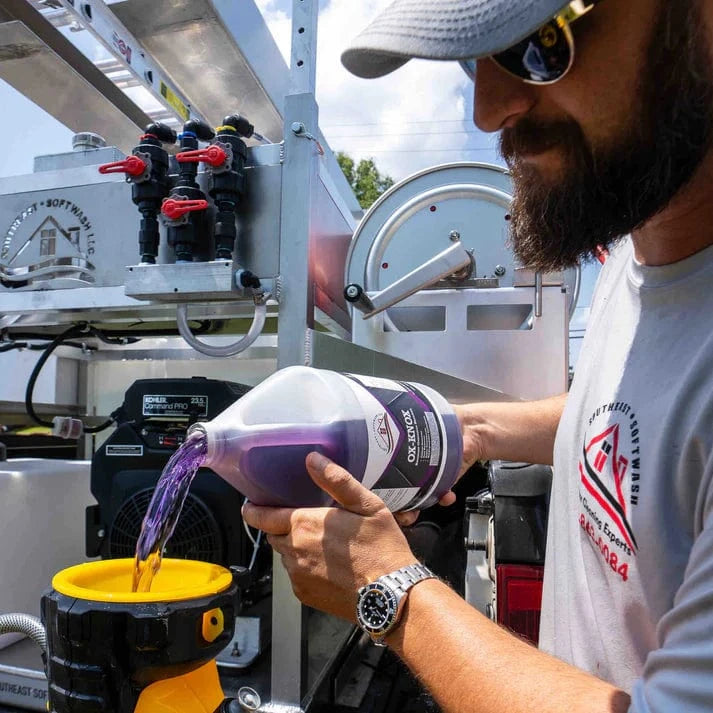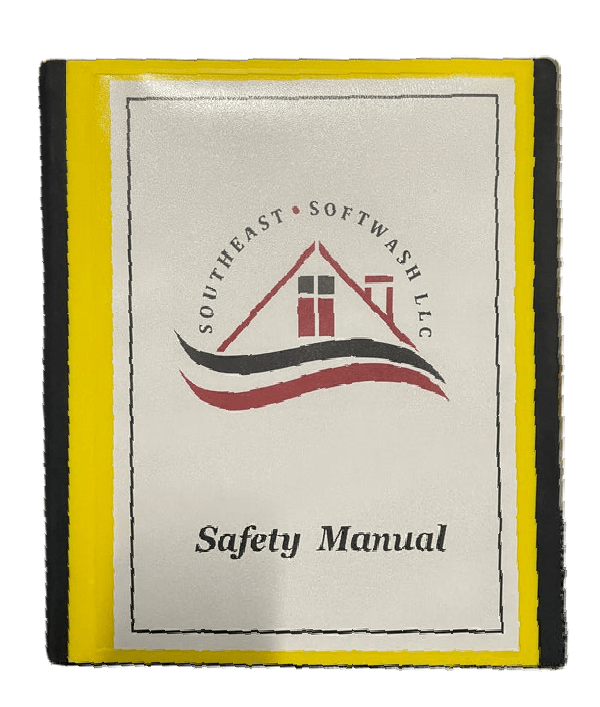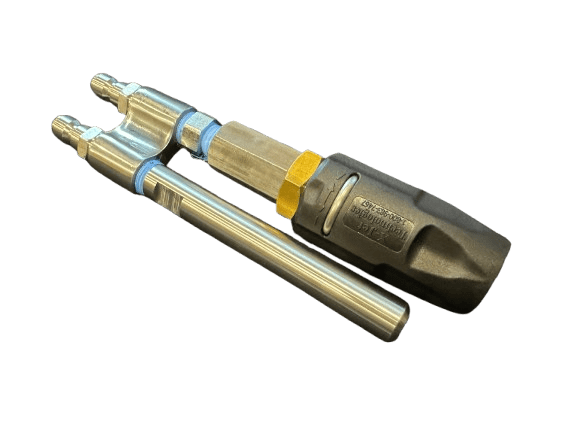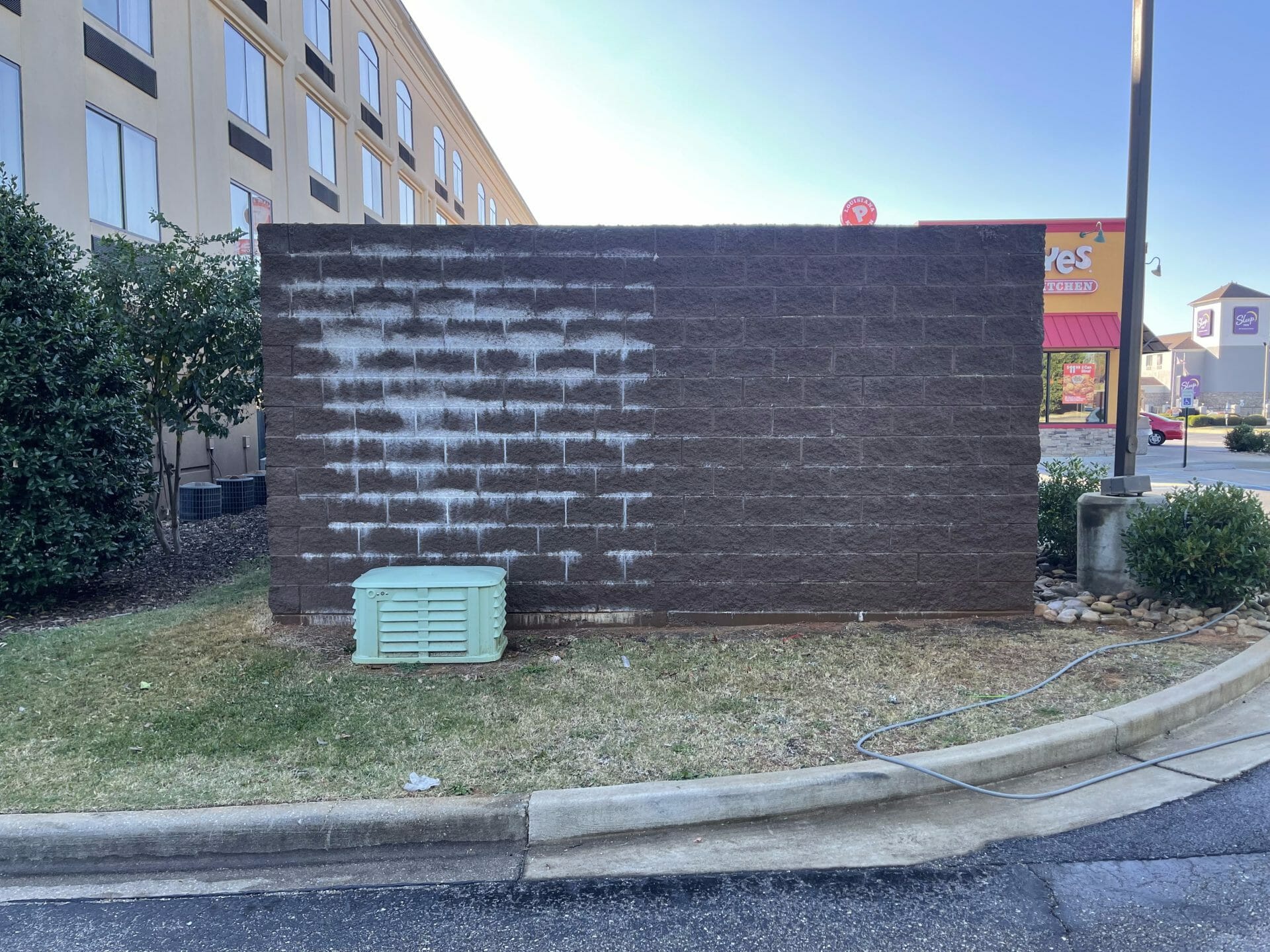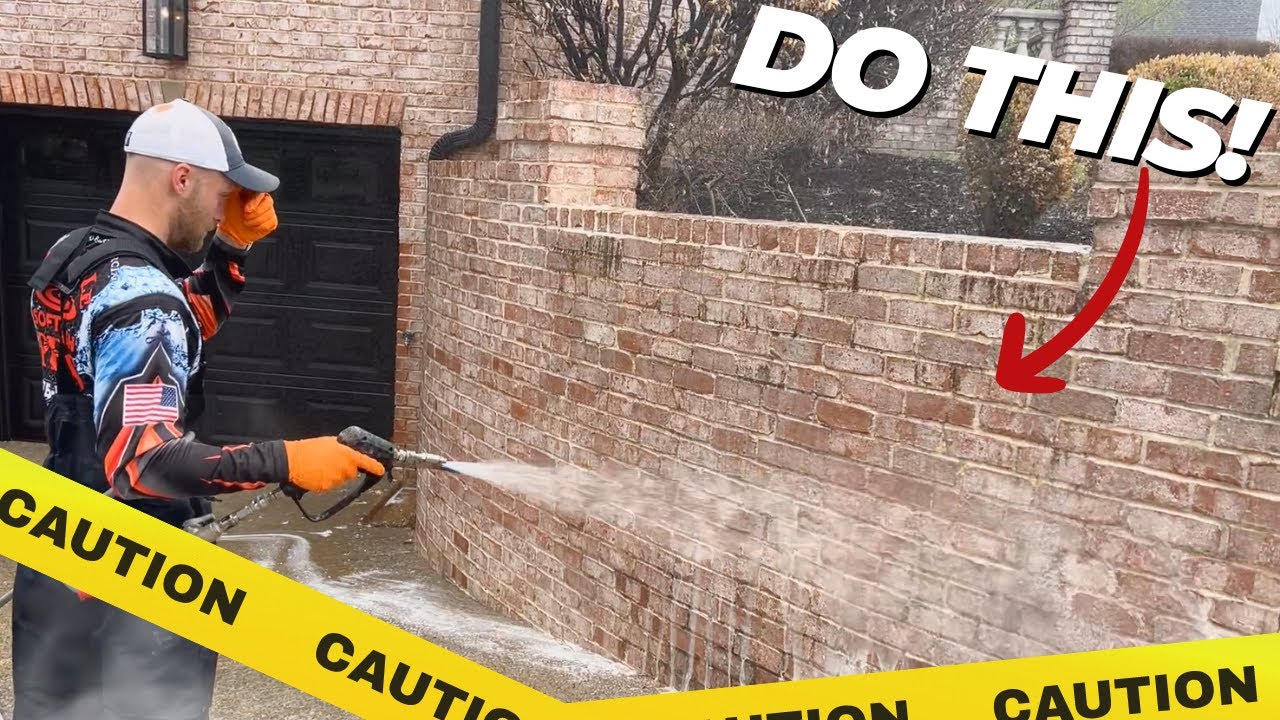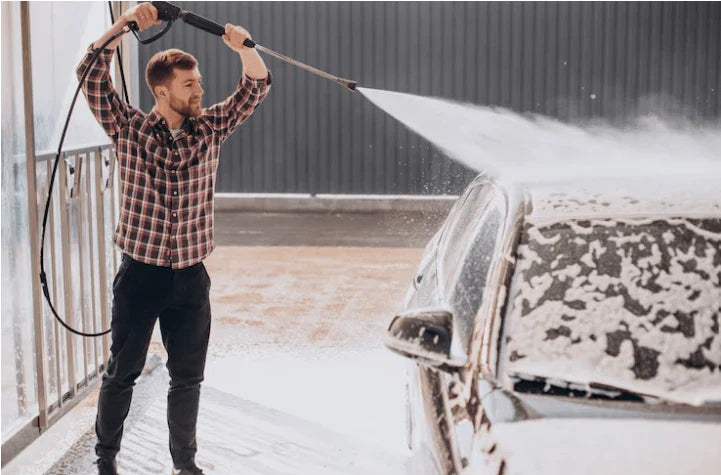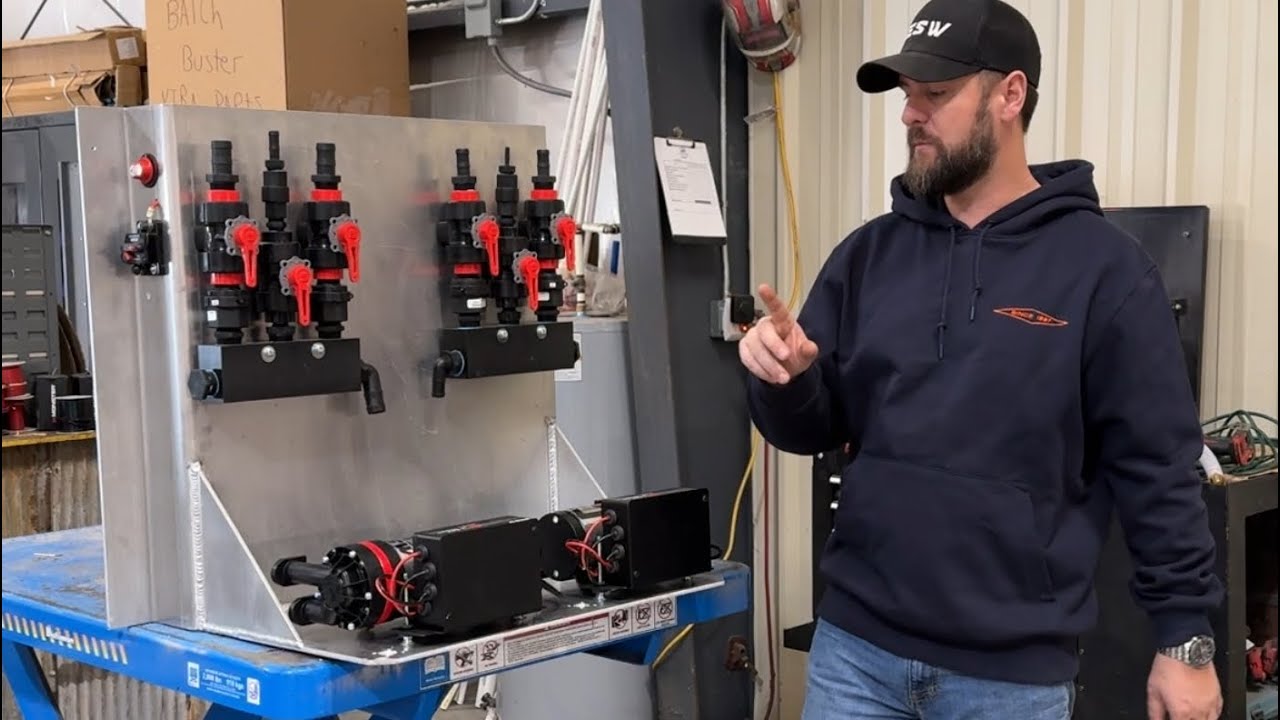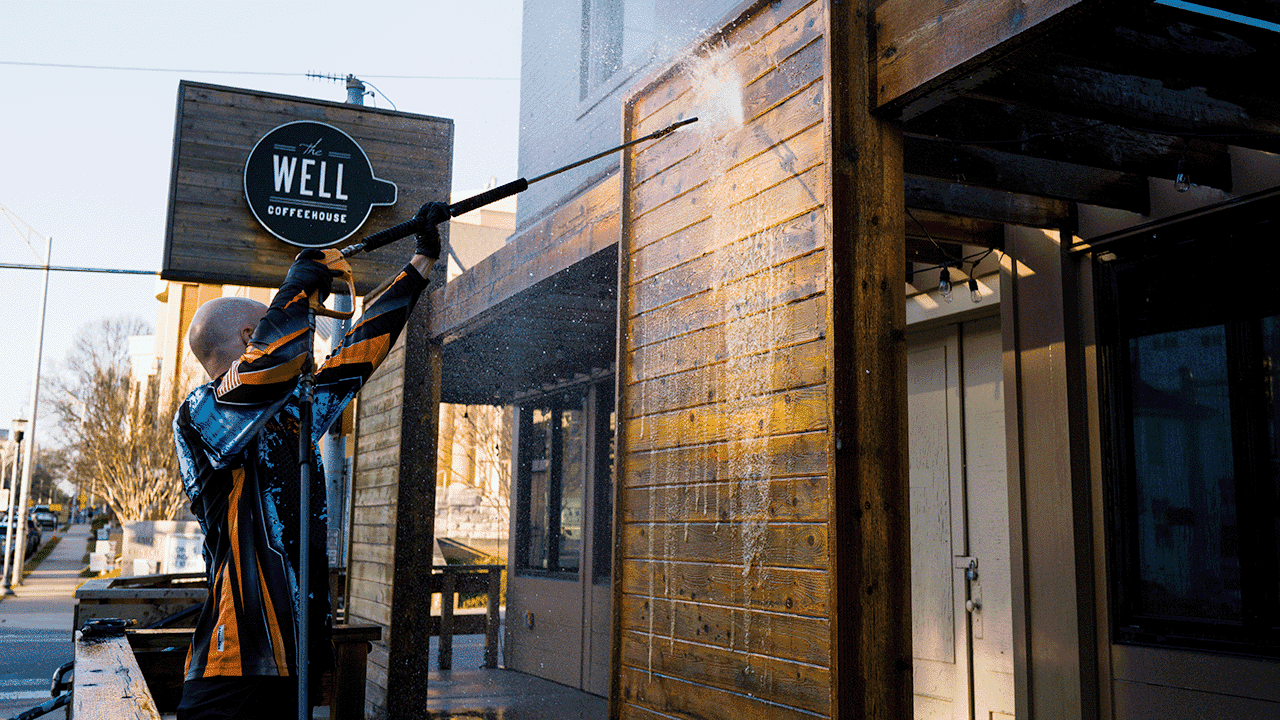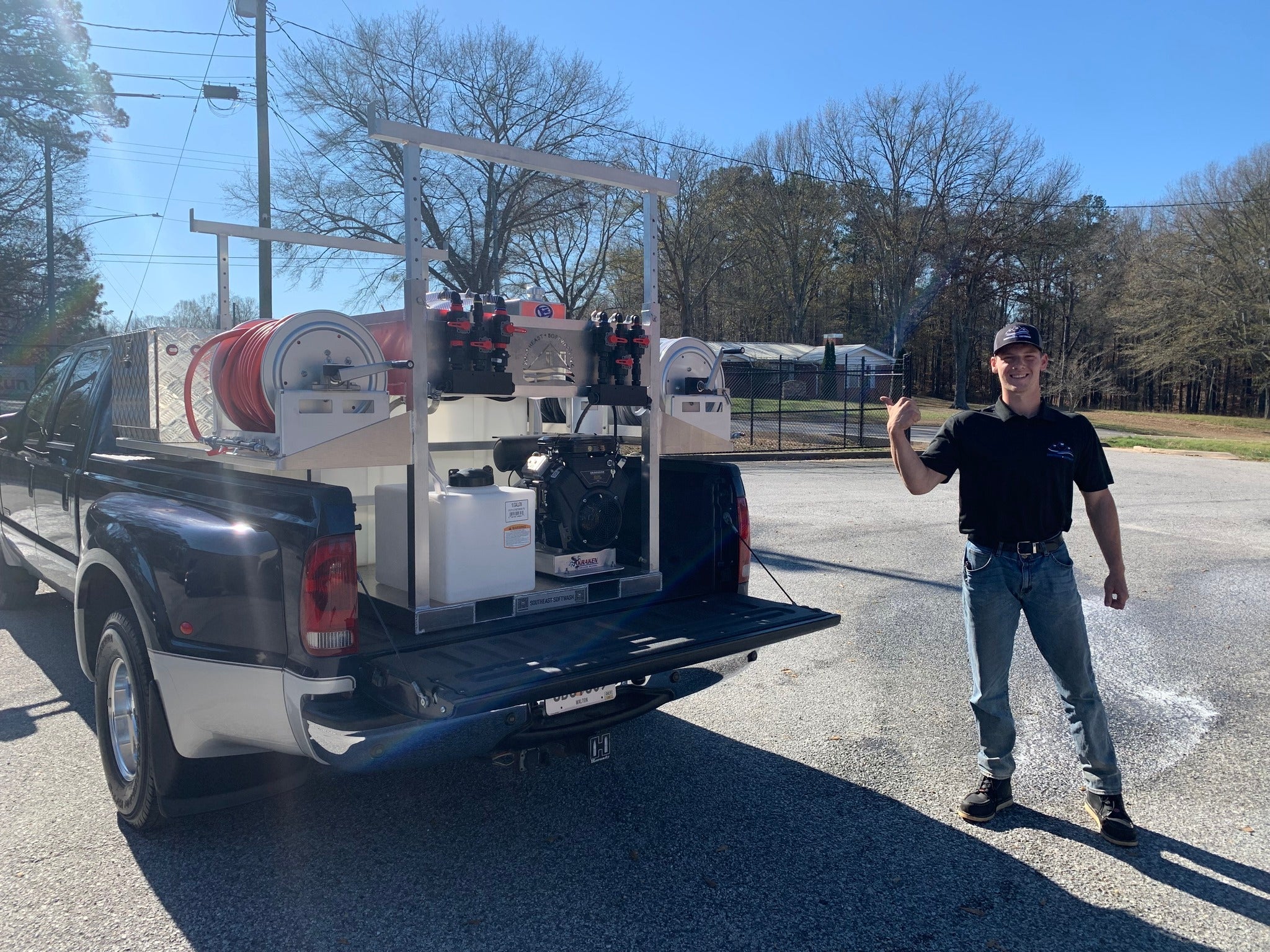Efflorescence Removal and Prevention Tips for Brick Buildings
Brick buildings are a popular choice for commercial and residential structures due to their durability and aesthetic appeal. However, one issue that can affect the appearance of brick buildings is efflorescence.
Efflorescence is a white, powdery deposit that can form on the surface of brick and other masonry materials. It is caused by water dissolving salts present in the brick or mortar, and then depositing them on the surface as the water evaporates. Efflorescence can be unsightly and can also lead to long-term damage if left untreated. In this article, we will discuss the causes of efflorescence and provide tips for removing and preventing it.
Causes of Efflorescence
Efflorescence is caused by water that contains dissolved salts, such as sodium chloride and sulfates, coming into contact with brick or other masonry materials. The water can come from a variety of sources, such as:- Rainwater that enters the building through cracks or holes in the mortar or brick
- Groundwater that seeps into the building through the foundation
- Water used during construction that is not properly removed
Removing Efflorescence
If efflorescence has already formed on the surface of your brick building, there are several methods for removing it. The most common method is to use a solution of Efflo-Go. The acid reacts with the salts in the efflorescence, dissolving them and allowing them to be washed away with a pressure washer.
It is important to note that Efflo-Go can be dangerous to use and should be handled with care. Always wear protective gear, such as gloves and goggles, and work in a well-ventilated area. It is also important to test the solution on a small, inconspicuous area before applying it to the entire surface.
Another method for removing efflorescence is to use a stiff brush and water to scrub the surface. This can be effective for removing surface-level efflorescence, but will not be effective for efflorescence that has penetrated deeper into the brick.


Preventing Efflorescence
The best way to deal with efflorescence is to prevent it from occurring in the first place. Here are some tips for preventing efflorescence on your brick building:- Seal the brick and mortar: Applying a sealer to the brick and mortar can help prevent water from penetrating the surface and causing efflorescence.
- Keep water away from the building: Make sure that gutters and downspouts are in good working order and that the ground around the building slopes away from the foundation to prevent water from seeping in.
- Remove water during construction: If you are constructing your building, make sure that any water used during the construction process is properly removed. Allow the building to dry out before any sealers or coatings are applied.
By following these tips, you can help prevent efflorescence from forming on your brick building.
If you're interested in how to remove red clay stains see the article here.


